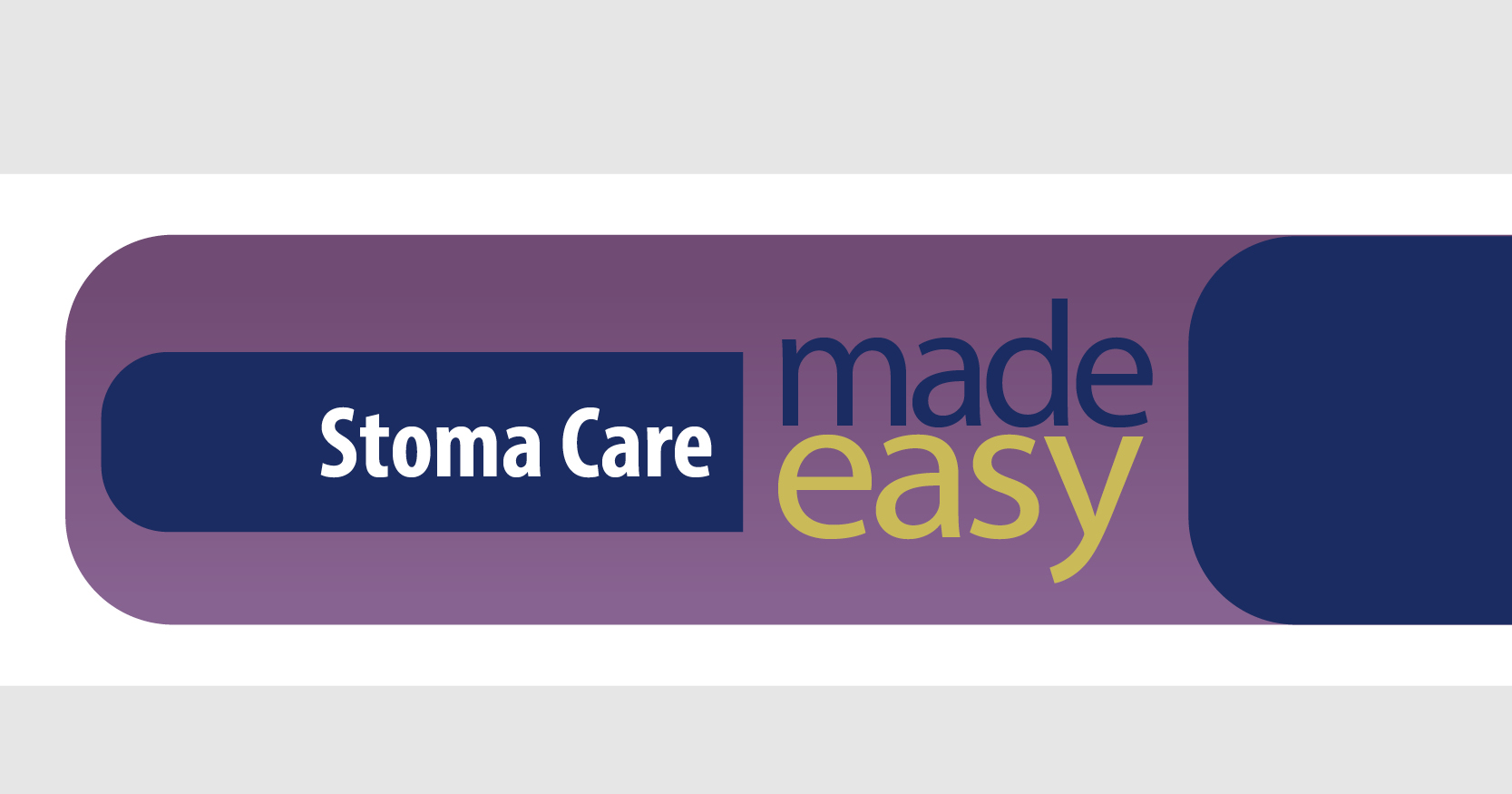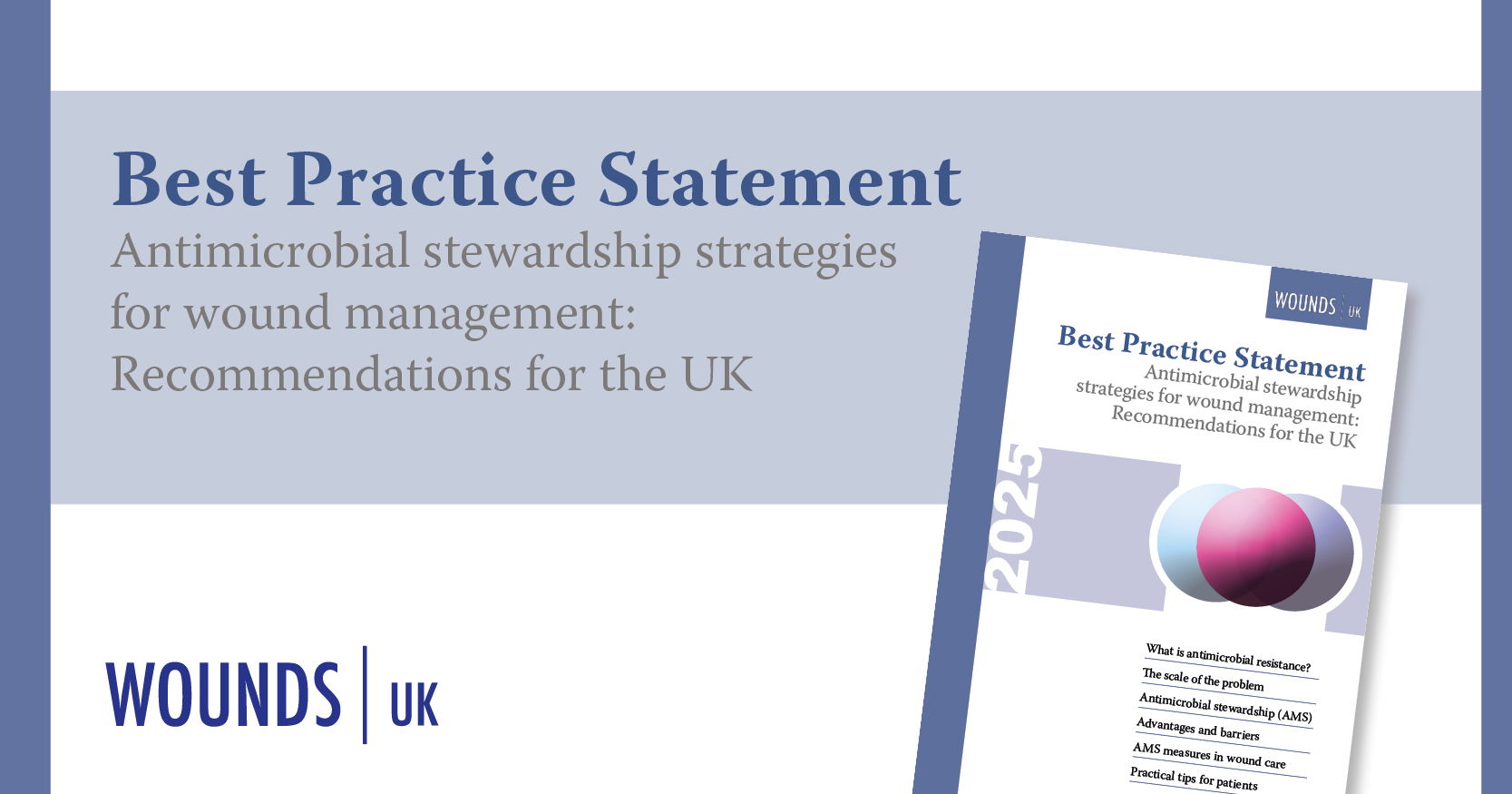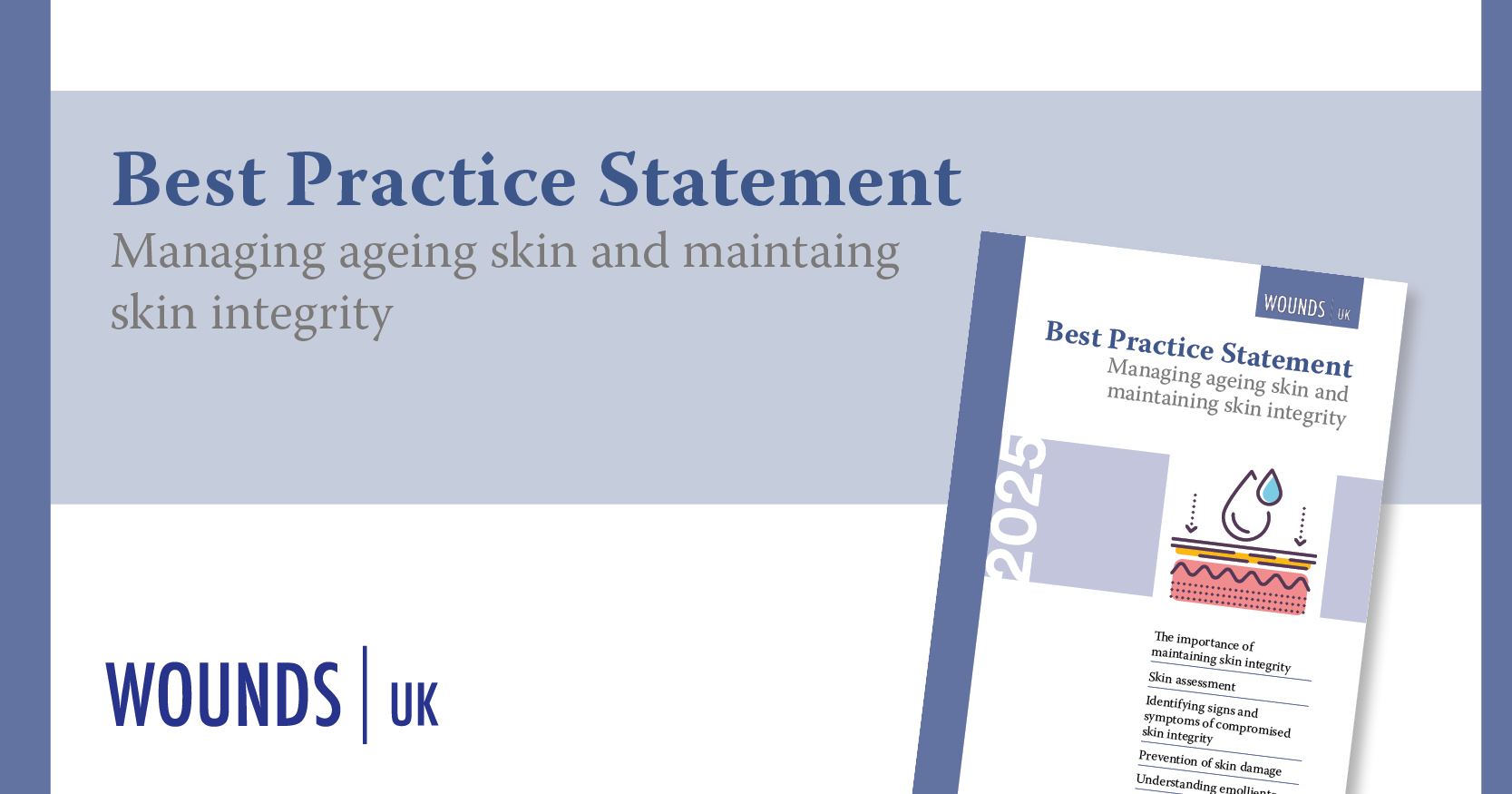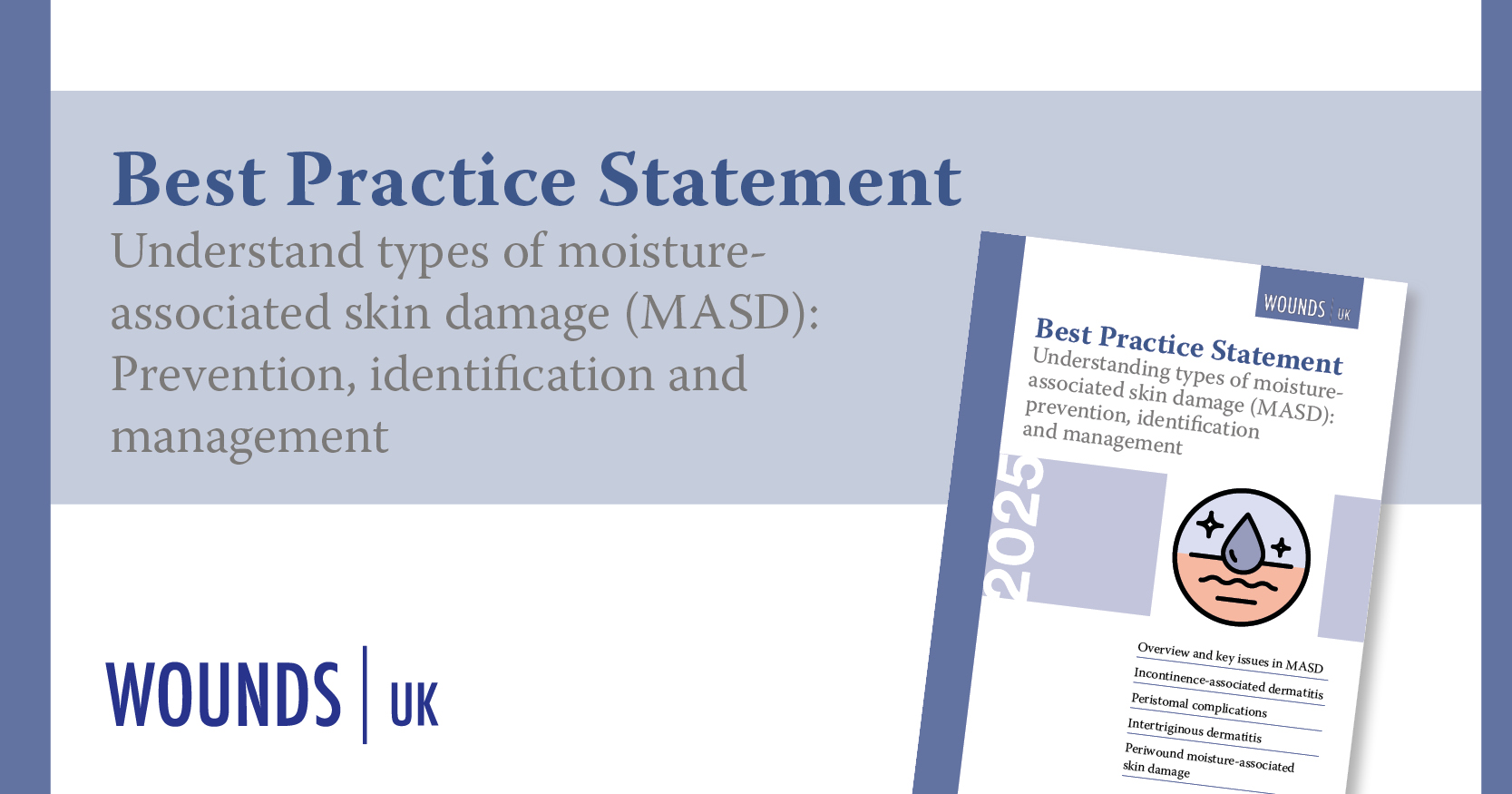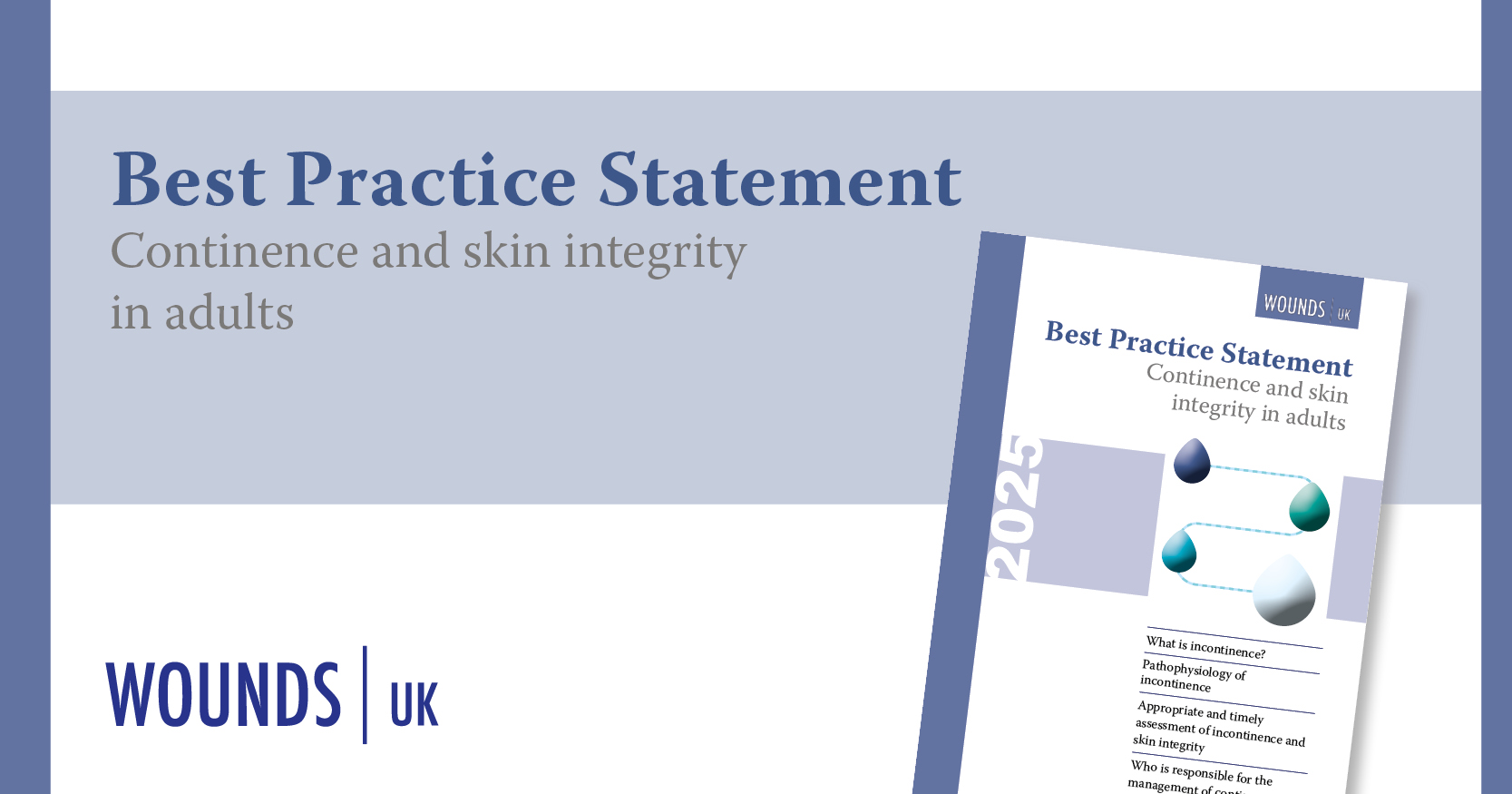What are stomas?
Stoma is a Greek-origin word, meaning ‘mouth’ or ‘opening’; in clinical lexicon, a ‘stoma’ refers to a surgically made outlet in the abdomen’s outer skin that is used as an opening to let urine or faeces out when a person’s own excretory organs cannot perform their normal physiological function (Burch, 2022).
Stomas may be needed due to several diseases/conditions (Lacey, 2022):
- Bowel/bladder cancer
- Irritable bowel disease
- Crohn’s disease
- Ulcerative colitis
- Diverticulitis
- Any other obstruction of the bowel or bladder.
People of any age may require a stoma, and they can have a significant and long-ranging impact on every aspect of life, affecting daily activities, body image and mental health (Nichols, 2018).
Prevalence and types of stomas
In the UK, approximately one person in every 500 is living with a stoma (Colostomy UK, 2022), with around 21,000 people receiving a new stoma in the UK each year (Rolls et al, 2023). Maglio et al (2021) have estimated that, just a month after receiving a stoma, approximately 63% of people develop at least one stomal or peristomal complication. Table 1 lists the three main types of stomas.
People living with any type of stoma are likely to have reduced quality of life and may experience accidental stoma leakage, as well as potential embarrassment about leakage or odours (Rolls et al, 2020). Stoma leakage may also irritate the surrounding skin, causing irritant contact dermatitis, which is a major risk for additional peristomal skin complications (Rolls et al, 2020).
Peristomal skin complications
If the skin around a stoma gets irritated or damaged, two main types of skin complications may occur [Figure 1]:
Peristomal moisture-associated skin damage (PMASD) occurs if there is leakage of urine or faeces from the stoma, exposing the skin to irritants: the skin integrity around the stoma is compromised, leading to maceration and loss of function (Parnham et al, 2020). This is a chemical injury that can
even erode the mucocutaneous junction of the stoma
(Burch et al, 2021).
Peristomal medical-adhesive related skin injury (PMARSI) is a mechanical injury and can occur when removing stoma pouches if care is not taken to keep the epidermal layer of skin intact: this can happen if peristomal skin is not strong (e.g. PMASD) or if pouch removal technique is not appropriate (Le Blanc, 2019). Studies show that this complication is common but under-reported (Le Blanc et al, 2013; Stelton, 2019).
Due to their impact, PMASD and PMARSI require multi-step prevention and management approaches that should be tailored and promptly implemented to ensure optimal outcome for the patient.
Managing peristomal skin complications
Progression of PMASD and PMARSI can be reduced by following the steps outlined in Figure 2 (Hadfield et al, 2019; Kelly-O’Flynn et al, 2020; Swift et al, 2021).
It is crucial to assess the patient’s skin before applying the stoma pouch and when removing it. As a rule of thumb, peristomal skin should appear the same as the abdominal skin (Stelton, 2019); it should not look discoloured in any way and the patient’s normal skin tone should always be compared during this assessment to ensure no indicators of skin damage are missed. It is also important to assess the patient holistically, including noting the impact of stoma on their lifestyle, any comorbidities/risk factors, and the placement and type of stoma.
Table 2 lists tips for practice when assessing a patient for PMASD and PMARSI.
The cost of peristomal skin complications to healthcare systems
Pietzsch and Geislet et al (2019) estimate that, in the UK, colostomy care (the most common form of stoma in the UK population) costs approximately £8,167 per person over their lifetime (excluding the cost of adverse events). Overall, people with stomas also require more support from health services, which further increases their healthcare expense compared to the general population (Mthombeni et al, 2023).
Most patient visits to stoma care nurses happen due to peristomal skin complications but there is a tendency in patients to not seek care earlier – potentially due to embarrassment or failure to recognise an emerging skin problem early – this increases the burden on both nurses and healthcare systems as the patient presents when the peristomal skin has already deteriorated significantly (Rolls et al, 2023). It can take several weeks and substantial nursing time to manage a single case of PMARSI (Kelly-O’ Flynn et al, 2020). Therefore, effectively managing peristomal skin complications and reducing stoma-related healthcare costs can have significant benefits for clinicians and
the NHS.
A two-pronged approach to managing peristomal skin complications
To prevent PMASD progression, it is important to create a barrier between any potential irritants/effluents from stomas reaching the peristomal skin; similarly, for PMARSI, it is essential to remove the stoma pouches with care as they are attached via strong adhesives to potentially fragile skin.
For mild PMASD, a two-pronged approach [Figure 3] is recommended, where a barrier film is used, as prescribed by a healthcare professional (HCP), to protect the peristomal skin from irritants and a medical adhesive remover is used to gently remove the stoma device. Copson and Freitas (2021) reported that, in a study of 101 patients who used a barrier film (Medi Derma-S Total Barrier Film, Medicareplus International), 63% of all respondents reported an improvement in their skin while 33% experienced no change. Kelly-O’Flynn et al (2020) showed that using a medical adhesive remover (Lifteez Medical Adhesive Remover, Medicareplus International) not only helps in reducing pain during dressing or pouch removal, but it also reduces the risk of skin damage and MARSI. It is important that people with stoma are recommended a barrier film as prescribed by a HCP and educated about its appropriate use for mild/moderate/severe skin complications.
Therefore, using a barrier film and a medical adhesive remover can form a routine stoma care regimen that may not only help manage mild/moderate peristomal skin complications, but also provide significant long-term cost benefits to the NHS.
Saving stoma care costs for the NHS
In addition to overall cost-saving benefits, the Medicareplus stoma skincare product range also provides a cost-effective alternative to other similar products available on the NHS. Table 3 summarises the percentage cost-saving with the Medicareplus barrier film range and Table 4 provides a similar analysis for the Medicareplus medical adhesive remover range.
Conclusion
Most people living with a stoma are likely to experience a peristomal skin problem at least once in their lifetime, affecting their health and quality of life (Rolls et al, 2020). In the UK, the healthcare resource used due to peristomal skin complications when compared with no complications, is estimated to be £258, £383 and £505 per each instance for mild, moderate and severe peristomal skin complications, respectively (Rolls et al, 2020). The Medicareplus stoma skincare product range provides ideal options for reducing the impact of PMASD and PMARSI through a two-pronged regimen. As well as improving patient outcomes and quality of life, the Medicareplus products provide a viable, cost-saving choice to the NHS for routine management of peristomal skin complications.

